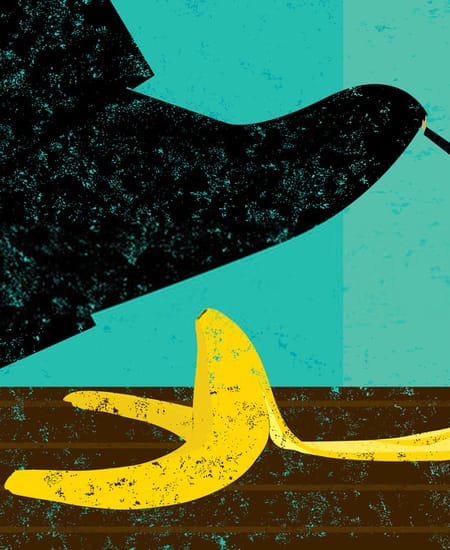Poka-Yoke
The Art of MisTaKe PROOFING
If your business requires to engage in quality control, you may have discovered a technique known as Poka-Yoke.
In today’s guide, we’ll help you understand what the poka-yoke approach means and why it matters in the modern business environment.
What is Poka-Yoke?
A Japanese technique for quality control, poka-yoke, was developed by Shigeo Shingo — a former Toyota engineer.
Poka-yoke translates into "mistake-proofing”; its ultimate goal is to prevent defects in the manufacturing process resulting from human error. This technique ensures that the right conditions exist beforehand whenever a company needs to execute any step in the process.
This role means that poka-yoke is more of a preventative type of quality control because the errors are detected and resolved before they even occur.
An example of applying the poka-yoke technique in the manufacturing industry is the SIM card slots featured in cell phones. The design of these slots allows the user to insert their SIM cards only in the correct way.
It eliminates any chance of human error while inserting a SIM card into a cell phone. As such, poka-yoke makes this design mistake-proof.
How Does Poka-yoke Work?

The purpose of poka-yoke is to prevent mistakes before they happen. However, not all processes allow the detection of errors ahead of time, in which case the poka-yoke technique will aim to remove flaws as early as possible during the process.
The poka-yoke technique is an integral portion of the manufacturing process at Toyota. The great thing about poka-yoke is that one can apply it in any other industry or situation where human error is a potential concern.
A well-known example of the effect of poka-yoke is in the design of manual automobiles where the driver must activate the clutch before they can change gears. This move keeps the car from unintentionally moving while reducing the wear on its motor and gearbox.
You can find another example in washing machines, food processors, or dishwashers that don't operate unless the door is closed correctly to prevent unwanted flooding.
The Principles of The Poka-yoke Technique
The poka-yoke technique is based on six principles to decrease the chances of process errors. In order of efficacy, these principles are:
Elimination
This principle is the preferred solution where a company redesigns a process or product to make a particular step no longer necessary.
Prevention
This concept involves engineering a process, service, or product so that it’s practically impossible for a person to make a mistake.
Replacement
Refers to substituting one process with another, a more reliable approach to reduce an error.
Facilitation
Refers to an idea where some techniques are adopted to make it easier to perform a specific task. Often, facilitation involves combining multiple steps.
Detection
This principle is where a company identifies errors before further steps in the process are started. This way, the mistake is corrected without causing more damage to the personnel or equipment.
Mitigation
This principle relates to the company minimizing the consequences of errors without necessarily fixing them, which is the least preferable solution.
Advantages of Poka-Yoke for Businesses
Preventing errors is one of the benefits of poka-yoke. But what advantages does this technique offer businesses?
Better Profitability
Errors in production lines can lead to shutdowns or expensive personnel injuries, both of which decrease profitability. Applying poka-yoke principles can prevent or at least minimize the occurrence of issues, which improves the business's profitability.
● For example, hotels where guests are required to use their keycards if they want to activate their room's electricity. This move solves the problem of guests usually not bothering to turn off the lights after leaving their rooms, meanwhile saving money contrarily wasted on unnecessary electricity consumption.
Better Productivity
By preventing errors, you can increase your business's productivity.
● For example, when online forms only allow participants to fill out all the fields before submission, the occurrence of mistakes in files is reduced (whether because of missing or incomplete information). This tactic saves the company money and time that companies would use to chase customers for the needed details.
Streamlining Small but Error-prone Processes
Last but not least, poka-yoke can help streamline small tasks that are prone to errors. This type of task is common in industries such as hospitality and service.
● For example, cashier errors when it comes to calculating change are individually minor but can be pretty costly for a business in the long run. Here, the poka-yoke technique has automated the process and provided digital verification interfaces where automation isn't an option.
Bottom Line
Poka-Yoke is a systematic approach to error-proofing. It provides an early warning so that minor errors are not perpetuated into big problems. The idea is to prevent errors before they occur. It can be used in various activities by starting with the end and working backwards.
The poka-yoke technique aims to prevent errors before they take place. Espousing the principles of poka-yoke in business results in improved profitability, productivity, and streamlined error-prone tasks.
Subscribe to our email newsletter and unlock access to members-only content and exclusive updates.

Comments